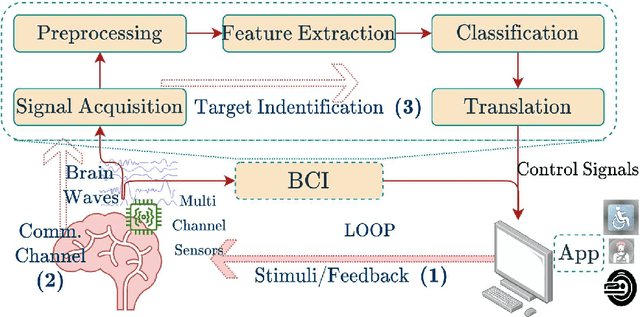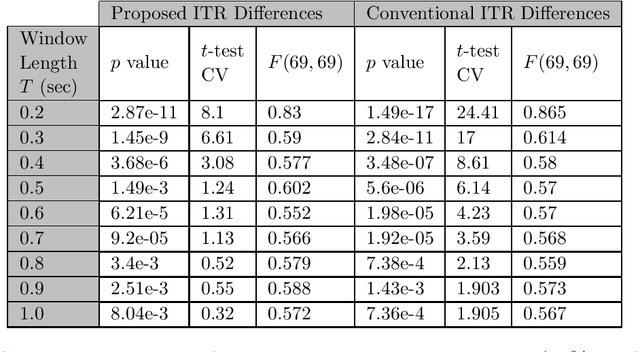Suayb S. Arslan
Uniform Resampling vs. Image Blur: Aliasing Approximation via Isotropic Gaussian Filtering
Feb 17, 2025Abstract:One of the key approximations to range simulation is downscaling the image, dictated by the natural trigonometric relationships that arise due to long-distance viewing. It is well-known that standard downsampling applied to an image without prior low-pass filtering leads to a type of signal distortion called $aliasing$. In this study, we aim at modeling the distortion due to aliasing and show that a downsampled/upsampled image after an interpolation process can be very well approximated through the application of isotropic Gaussian low-pass filtering to the original image. In other words, the distortion due to aliasing can approximately be generated by low-pass filtering the image with a carefully determined cut-off frequency. We have found that the standard deviation of the isotropic Gaussian kernel $\sigma$ and the reduction factor $m$ (also called downsampling ratio) satisfy an approximate $m \approx 2 \sigma$ relationship. We provide both theoretical and practical arguments using two relatively small face datasets (Chicago DB, LRFID) as well as TinyImageNet to corroborate this empirically observed relationship.
Artificial Human Intelligence: The role of Humans in the Development of Next Generation AI
Sep 24, 2024Abstract:Human intelligence, the most evident and accessible form of source of reasoning, hosted by biological hardware, has evolved and been refined over thousands of years, positioning itself today to create new artificial forms and preparing to self--design their evolutionary path forward. Beginning with the advent of foundation models, the rate at which human and artificial intelligence interact with each other has surpassed any anticipated quantitative figures. The close engagement led to both bits of intelligence to be impacted in various ways, which naturally resulted in complex confluences that warrant close scrutiny. In the sequel, we shall explore the interplay between human and machine intelligence, focusing on the crucial role humans play in developing ethical, responsible, and robust intelligent systems. We slightly delve into interesting aspects of implementation inspired by the mechanisms underlying neuroscience and human cognition. Additionally, we propose future perspectives, capitalizing on the advantages of symbiotic designs to suggest a human-centered direction for next-generation AI development. We finalize this evolving document with a few thoughts and open questions yet to be addressed by the broader community.
Durability and Availability of Erasure-Coded Storage Systems with Concurrent Maintenance
Jan 22, 2023Abstract:This initial version of this document was written back in 2014 for the sole purpose of providing fundamentals of reliability theory as well as to identify the theoretical types of machinery for the prediction of durability/availability of erasure-coded storage systems. Since the definition of a "system" is too broad, we specifically focus on warm/cold storage systems where the data is stored in a distributed fashion across different storage units with or without continuous operation. The contents of this document are dedicated to a review of fundamentals, a few major improved stochastic models, and several contributions of my work relevant to the field. One of the contributions of this document is the introduction of the most general form of Markov models for the estimation of mean time to failure. This work was partially later published in IEEE Transactions on Reliability. Very good approximations for the closed-form solutions for this general model are also investigated. Various storage configurations under different policies are compared using such advanced models. Later in a subsequent chapter, we have also considered multi-dimensional Markov models to address detached drive-medium combinations such as those found in optical disk and tape storage systems. It is not hard to anticipate such a system structure would most likely be part of future DNA storage libraries. This work is partially published in Elsevier Reliability and System Safety. Topics that include simulation modelings for more accurate estimations are included towards the end of the document by noting the deficiencies of the simplified canonical as well as more complex Markov models, due mainly to the stationary and static nature of Markovinity. Throughout the document, we shall focus on concurrently maintained systems although the discussions will only slightly change for the systems repaired one device at a time.
Information Transfer Rate in BCIs: Towards Tightly Integrated Symbiosis
Jan 03, 2023



Abstract:Information Transfer Rate (ITR) is a widely used information measurement metric, particularly popularized for SSVEP-based Brain-Computer (BCI) interfaces. By combining speed and accuracy into a single-valued parameter, this metric aids in the evaluation and comparison of various target identification algorithms across different BCI communities. To accurately depict performance and inspire an end-to-end design for futuristic BCI designs, a more thorough examination and definition of ITR is therefore required. We model the symbiotic communication medium, hosted by the retinogeniculate visual pathway, as a discrete memoryless channel and use the modified capacity expressions to redefine the ITR. We use graph theory to characterize the relationship between the asymmetry of the transition statistics and the ITR gain with the new definition, leading to potential bounds on data rate performance. On two well-known SSVEP datasets, we compared two cutting-edge target identification methods. Results indicate that the induced DM channel asymmetry has a greater impact on the actual perceived ITR than the change in input distribution. Moreover, it is demonstrated that the ITR gain under the new definition is inversely correlated with the asymmetry in the channel transition statistics. Individual input customizations are further shown to yield perceived ITR performance improvements. An algorithm is proposed to find the capacity of binary classification and further discussions are given to extend such results to ensemble techniques.We anticipate that the results of our study will contribute to the characterization of the highly dynamic BCI channel capacities, performance thresholds, and improved BCI stimulus designs for a tighter symbiosis between the human brain and computer systems while enhancing the efficiency of the underlying communication resources.
 Add to Chrome
Add to Chrome Add to Firefox
Add to Firefox Add to Edge
Add to Edge